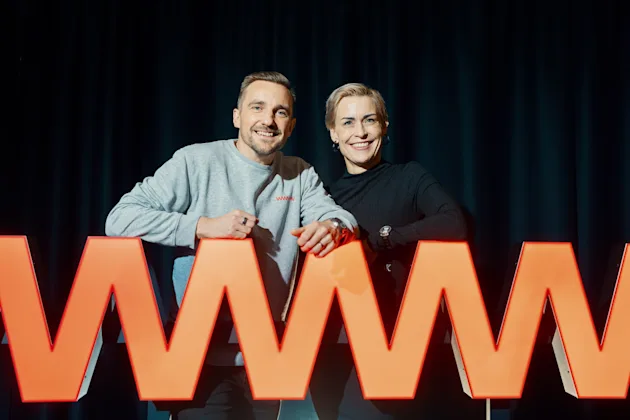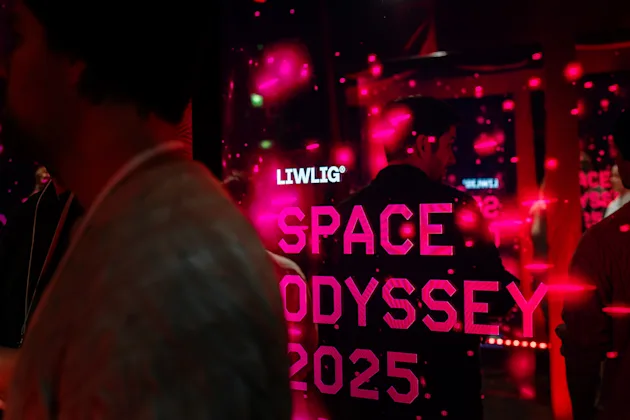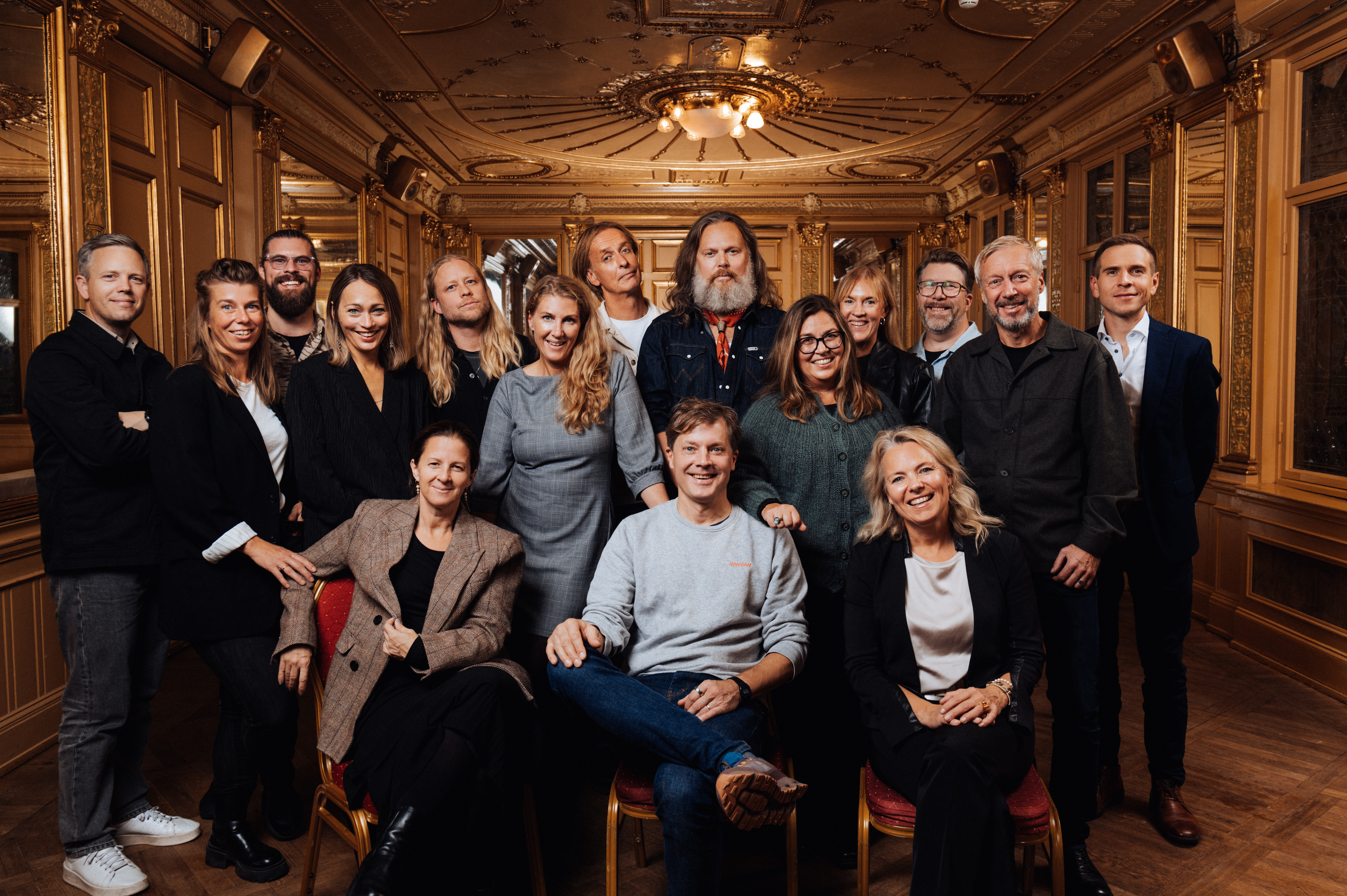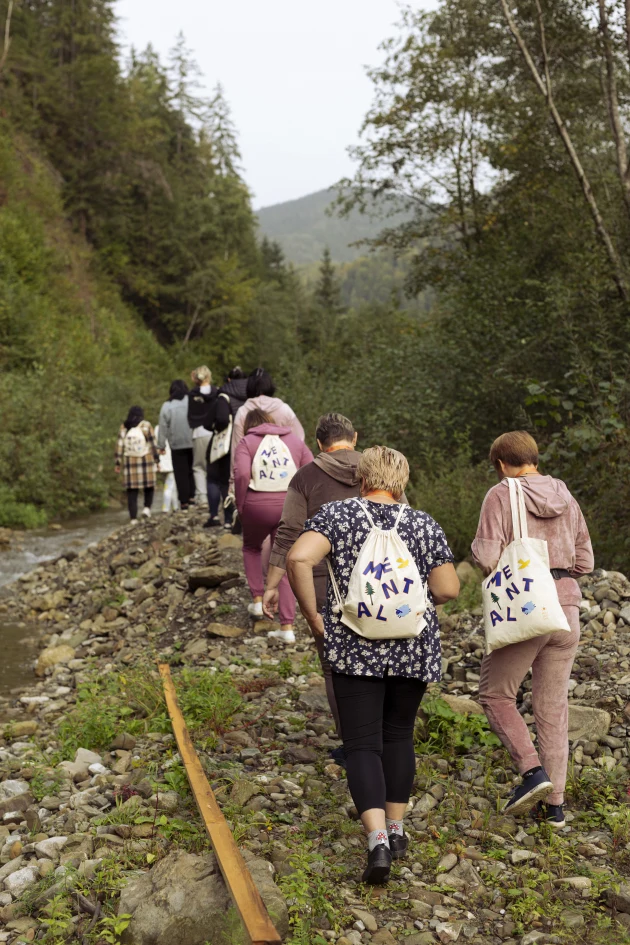“Sometimes you have to go far to see what's close”.
These somewhat clichéd words hit my chest like a sledgehammer when I discussed about returning to the event industry and the opportunities LIWLIG was offering regarding Meeting Design.
As the discussion based on my new role deepened, I felt my enthusiasm grow – I understood that my future colleagues had created the missing piece of the puzzle and would enable even more impressive events for customers in the future.
The effectiveness of brand experiences matters
The effectiveness of events and its development has always fascinated me. I believe that by increasing the impact of the event, we can achieve even better results. In order to be successful, events agency needs not only fresh perspectives, but also the ability to grasp the customers challenges from a business perspective. For customers this means that the goal-oriented planning of the event should ideally begin 8-12 months prior to the event date. This way the steering power of the design remains in the hands of the team.
The importance of design is emphasized in the ever-increasing competition for the attention of key target groups. Influencing target groups and getting key messages through is difficult if the contents and communication methods are perceived as generic.
Meeting Design is the missing piece of the puzzle in influencing the target group. Through events, we aim to strengthen the chosen target groups' sense of purpose, ownership, inclusion, and belonging around shared values and matters they find important.
Through definition to implementation
From the perspective of creating value through an event, defining goals and the participant experience is an essential part of the overall planning. We bring the customer's key stakeholders into the process, to enrich the content by bringing fresh perspectives to the discussion and to create a broader common understanding of the challenges and opportunities of events and trade fairs.
We start with our customer's by defining concrete goals for the events and metrics for success. Setting concrete goals creates the basis for a three-phase participant experience, which is built on influence before the events, during the event and after the event.
With the phrase “We turn moments into momentum” we want to point out, that the life cycle of the impact achieved with the event should be visible long after the event.
Our view is that goal-oriented planning can create a longer-lasting impact and memory trace for a single event.
This requires action and determination. In order to make the long-lasting effect a reality, it is essential to address the question "what will happen next Monday?”.
I would be happy to invite us for a visit to delve into the topic from the perspective of your company's business.
Best regards,
Hans Karlsson Meeting Designer hans.karlsson@liwlig.fi +358 44 7574074





